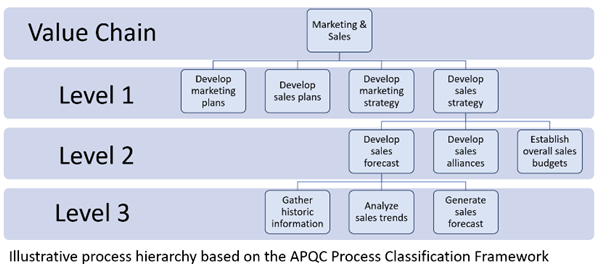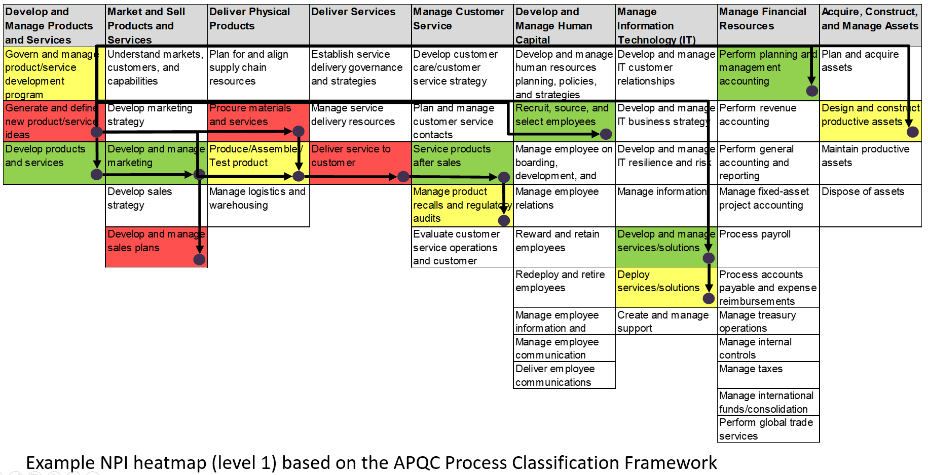With accelerating innovation and disruptions, every business needs to use limited resources wisely. But there is often a lack of clarity when trying to separate squeaky wheels from real barriers to growth.
For the individual team member, it is not always easy to understand how one’s activities contribute to the success of the organization. That requires awareness of the downstream and upstream linkages. Lacking that understanding, many gravitate to their comfort zones. They do as they are told, and they work with what they know instead of really comprehending the problem they are charged with solving. This is a roadblock to innovation and transformation.
In his highly influential book, Competitive Advantage: Creating and Sustaining Superior Performance, Michael Porter introduced the business world to the concept of the value chain, and how to conduct a value chain analysis. Applying Porter’s groundbreaking work to the digital transformation journey is an enormous opportunity for IT professionals, their business partners and other stakeholders. As the keeper of data, processes, and information, IT can step out f its comfort zone, look out across the entire value chain and create clarity on where a business should focus its resources.
Even if your organization is unable to take on a comprehensive value chain analysis, it can benefit greatly from a simple assessment based on Porter’s concept. When used along with an agile approach to portfolio management, such as the Scaled Agile Framework (SAFe), the simple value chain analysis that I have outlined below is a powerful tool for maximizing IT’s value to the enterprise.
Tapping the Expertise of IT
IT is the nerve center of information and data in a company. Knowledge of how the business works, what dependencies exist and how information flows are under its purview. No other function has this exposure and deep insight to all aspects of the enterprise. Recognizing this unique position and stepping forward to use it for the better of the company is the first step in the digital transformation journey.
A value chain assessment facilitated by IT, in collaboration with the business, should be executed in four steps:
- Map out the businesses processes based on IT’s expertise as a first cut.
- Refine the process maps in collaboration with the business process owners.
- Assess the health of each process in collaboration with the business process owners.
- Visualize high-value business process chains on the map.
By combining the expertise of IT with the knowledge of business partners, an accurate picture of the health of these business processes will quickly emerge.
Value Chain Assessment Criteria
Criteria for the assessment should be centered on what drives profit and growth for the company, such as:
- How important is this process to the competitive position of the company?
- Do the results of the process have an impact on the customer experience?
- Does the process involve multiple activities that could be automated?
- Has a lot of technical debt accumulated to make the process work? (Include outdated applications, old on-premise infrastructure, or highly customized solutions).
Create a business process map for the enterprise
The first step is a to add to Porter’s value chain a level one process map for the organization. This should be led for each major business function by the IT Business Relationship Managers.

If business process decompositions do not already exist, they will need be to created. You can use industry templates as starting points. (APQC is a great source for these).
Following the creation of the level one process map, you can begin breaking down the level one processes into level two sub-processes. The dialog across IT by itself will result in greater awareness on the upstream and downstream linkages. While it is tempting to develop the process map aligned to the organizational chart, this is a trap which should be avoided. The map needs to be aligned to the company’s business, but agnostic to its organizational chart.
The level two process map is already a great tool for education and communication, though it is still too high level to allow for an assessment. Now is the time to involve the business process owners for their review, and to adjust what IT has developed, if needed. When presented the right way, the reaction will be appreciation and engagement.
From that foundation, the level three decomposition begins. Level three stops above the task level, providing enough detail to assess the process, but keeping it at a manageable level.
Getting to a reasonable, complete and accurate level three map requires dialog between IT and the business. That by itself will nurture innovation as you will find opportunities to do things better and remove waste.
Assess the processes
The real power of the assessment is the improved understanding of the state of affairs:
- How well do the business processes function?
- Where does the business run smoothly?
- Where are bottlenecks in the value chain?
Trusting the integrity and expertise of the process owners can make this both expeditious and rewarding. Keeping it simple will speed up the analysis. Which combination of factors determines the color-coding can be a matter of debate. Consistency will be crucial.
Once the maps are drafted, test them for completeness by plotting typical business scenarios across them. If a step in a scenario has no home on the map, the missing process must be added.
Connect the dots and find the weak links
Having consistent process maps is, by itself, a major accomplishment. They can be used to assess initiatives and visualize connection across processes.
Connecting and visualizing interdependencies across functions is the next step. For example, new product introduction (NPI) is a high value process in almost every company. It drives profitability and long-term viability. Fixing weak links in the NPI process will do much more for the enterprise than remediation of isolated problems.

Benefits for the Enterprise
There are many benefits arising from the value chain analysis. Having heatmaps will change the conversation on where to focus efforts, and either help to build a business case for a new initiative, or show that there is none. They will make it easier to show linkages of new or changed business processes faster.
The process maps help to connect the dots and facilitate the conversations across the business. Dependencies across in the value chain become clear, which helps to uncover and strengthen weak links.
Your value chain initiative can be a steppingstone to assess process wait times and find opportunities for standardization. And lastly, such documentation of business processes and linkages reduces reliance on tribal knowledge that exists in the enterprise.


Written by Christoph Hesterbrink
Christoph Hesterbrink is a seasoned technology executive with more than 25 years of experience driving innovation and leading IT initiatives for top consulting firms and corporations. Today, Christoph works as an independent advisor and consultant leveraging technology to empower businesses and drive growth with specialties in SAP, Salesforce, ServiceNow, and Rapid Response. Outside of work, he actively engages in non-profit initiatives, seeking to make a positive impact in the community.



